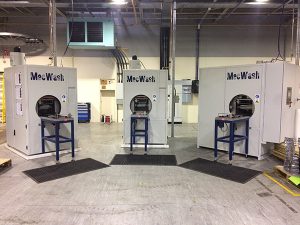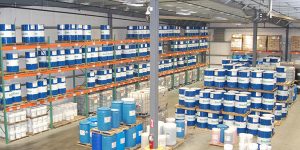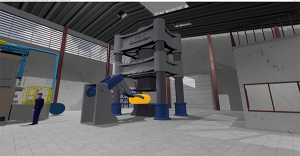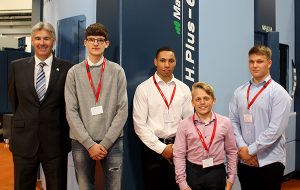When Carrickfergus-based die-casting manufacturer Ryobi Aluminium Castings required the highest levels of cleanliness in the production of a vehicle oil pan for an international luxury vehicle manufacturer, it turned to MecWash for help.

MecWash provided two Solo machines and a stand-alone vacuum chamber to clean and dry the oil pan product. Working with MecWash’s in-house chemist and laboratory, the company also ensured the detergents used in the process matched requirements. The success of the solution meant Ryobi has since invested in two further systems.
For further information www.mecwash.co.uk























